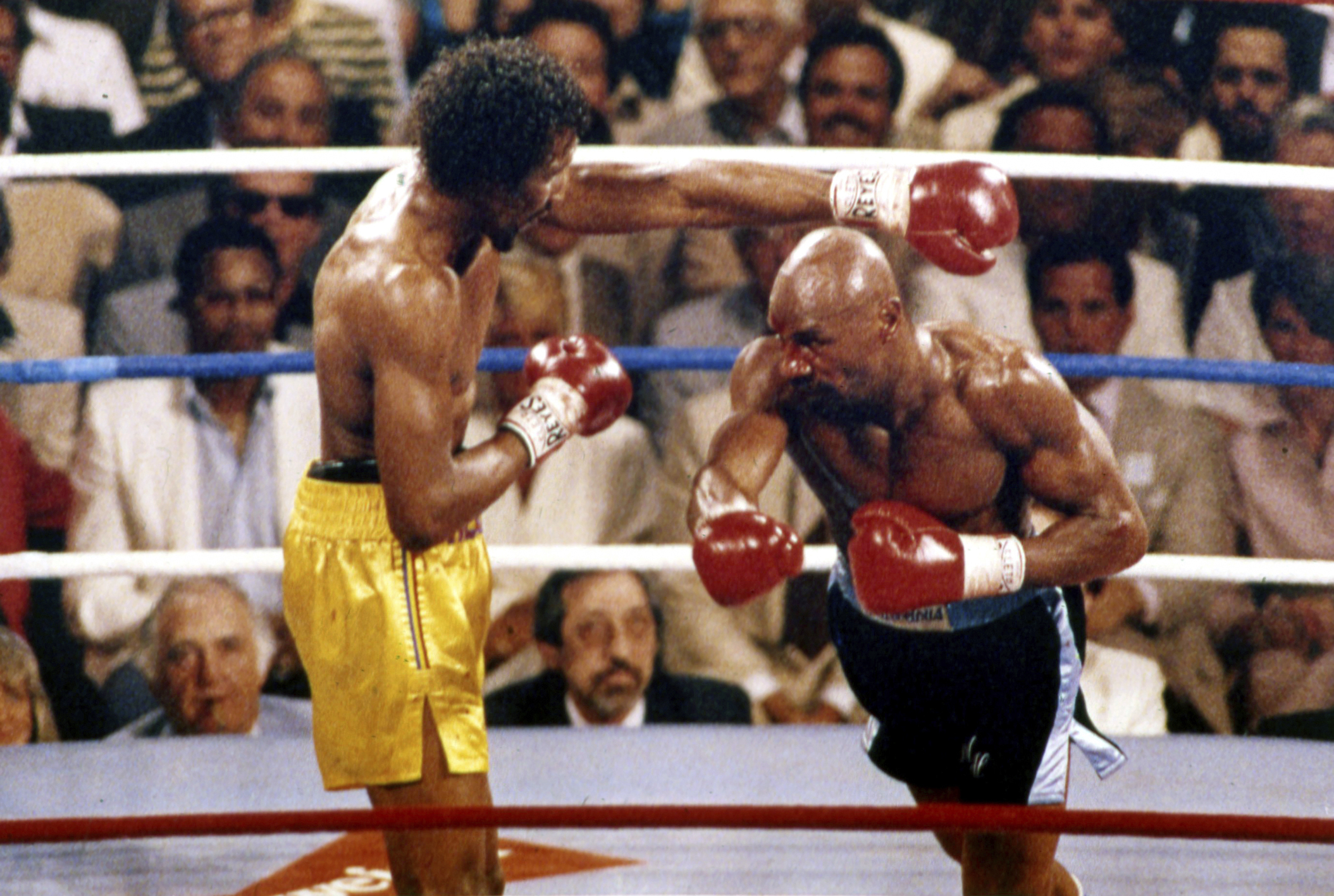On October 12th I wrote, “To signal an upcoming correction, turn off the hype from the national media and watch two simple items: my blue signal line and longer-term trend line. Remember the saying “The trend is your friend?” It works in this situation also. When or if the price breaks down through my blue signal line and the black-slotted red line and fails to rally back above them, this represents more selling than buying and can signal lower prices ahead.”
Today, we will analyze the updated weekly S&P 500 chart to see if my system signaled lower prices ahead, leading to a correction. Per my chart, you can see the price (green oval) dropped through my blue signal line and longer-term (black-slotted) trend line. Once this happened, selling came in and definitely signaled lower prices ahead.
Did this signal a correction was underway? My system signaled lower prices were coming -- the SPX continued to drop an additional 120 points or 6.18 percent. If 2,019 was a market top, then a 10 percent correction would take the S&P 500 to the 1,817 level. This system is a valuable tool for SPX option, futures and index ETF traders.
The SPX continued to fall until institutional buying came in at 1,820, missing an actual correction by only 3.56 points. The facts: while my system correctly signaled lower prices ahead, it failed to signal a full ten percent correction—missing it by .17 percent.
The last candle on the chart represents the price action until last Wednesday. By the end of the week, the price may or may not have retraced above the signal lines.
Why do I like pullbacks? I focus on investing in closed-end and exchange-traded funds that pay at least 6 percent more in dividends than total expenses and have the dividends reinvested in more shares. When the prices dip, the dividends buy more shares-it is that simple. Wall Street focuses on price appreciation. I like to focus on share growth, a strategy I call “Growing Gardens.” What other strategy do you know where investors are smiling when the market is heading south?
I have taught many these simple systems--you can learn as well. Next week, I revisit my long term “Rip Van Winkle” chart, designed for investors--to see if it is time to get out while the getting is good!”
Plan your work, work your plan and learn to share your harvest!
Source: davidoengland.com, stockcharts.com
Full Disclosure-I do not own any securities listed in this column.
DAVID O. ENGLAND is the founder of the Eye on the Market Radio Show and Training Academy and retired associate professor of finance at John A. Logan College. This column is presented for educational purposes only and is not intended as financial advice. For questions, contact England at thetraderseye@gmail.com.





